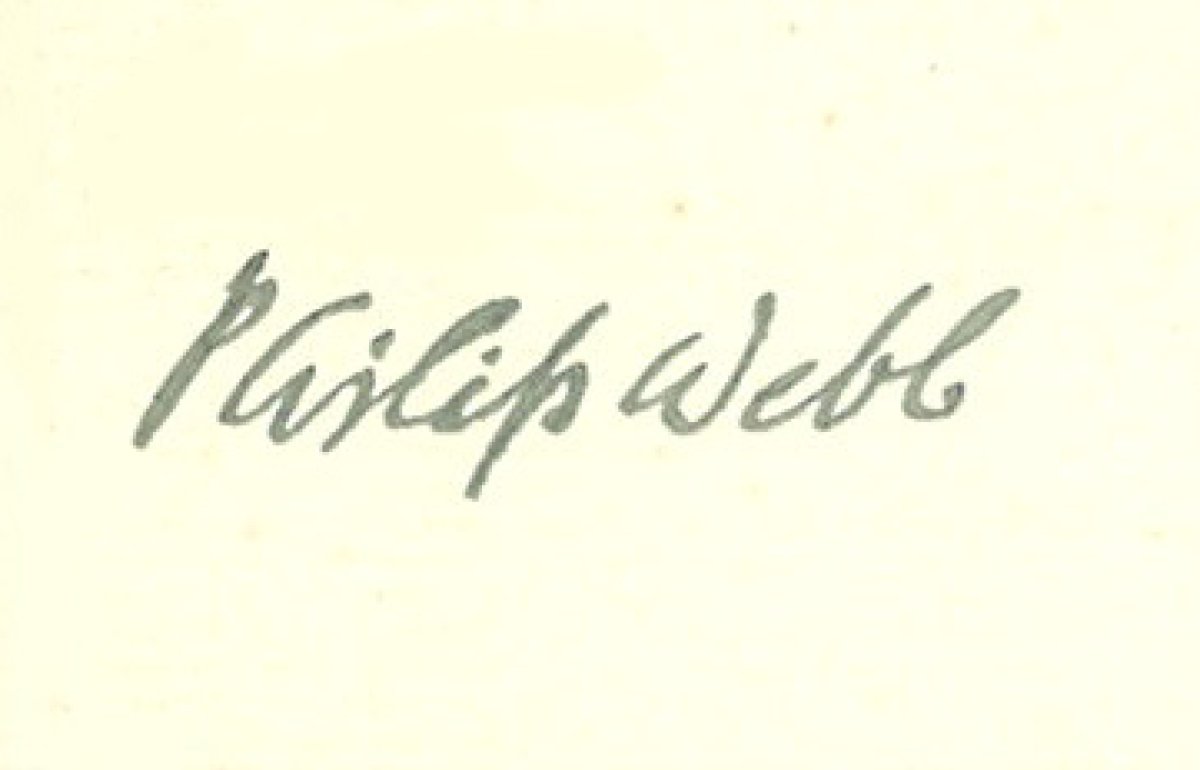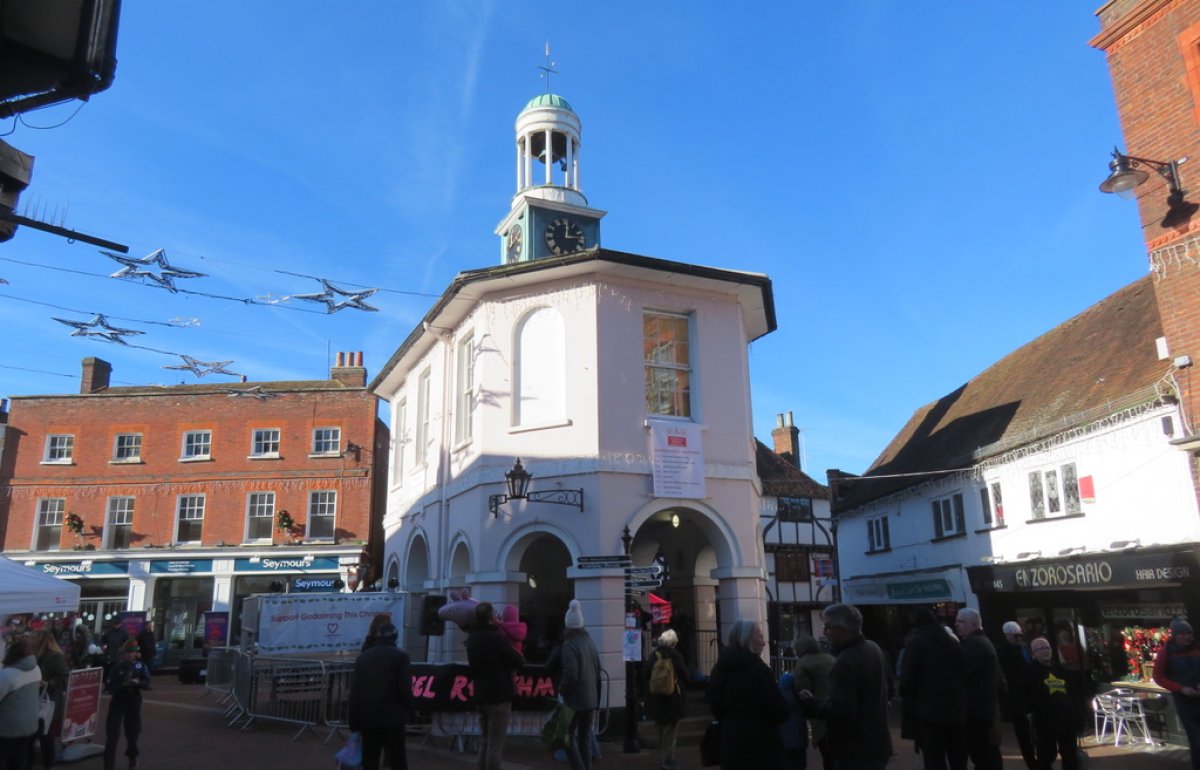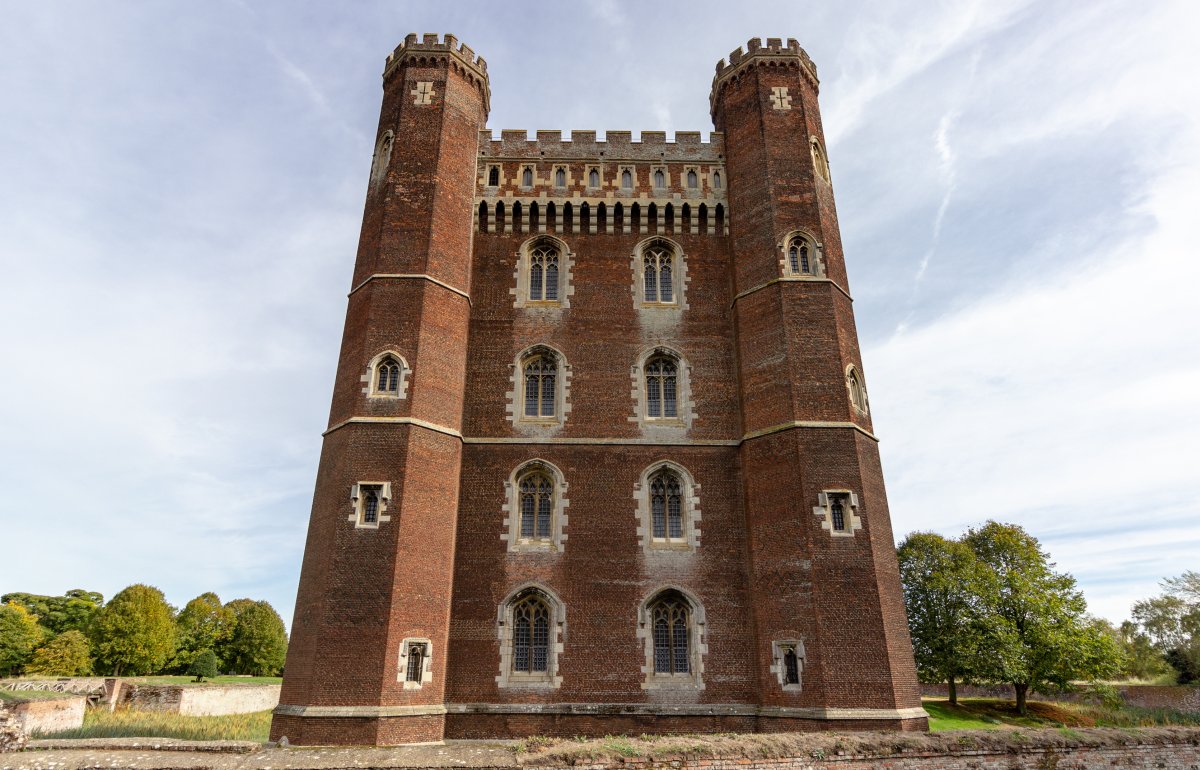Building of the Month: Picton House, Kingston-Upon-Thames
Share on:
This Black History Month, we’re digging into our Archive to find out what happened to the home of Cesar Picton, one of Britain’s first Black "gentlemen".
Not much is known about Cesar Picton’s early years in Senegal. He was only six years old when he was brought to Britain in 1761 and ‘gifted’ to Sir Phillips of Norbiton, near Kingston Upon Thames. It’s unclear whether he was brought here as a servant or an enslaved person.
When Lady Phillips died, Picton inherited £100 – approximately £25,000 in today’s money. This inheritance changed the course of his life. He used the funds to start a business and soon became a successful coal merchant.
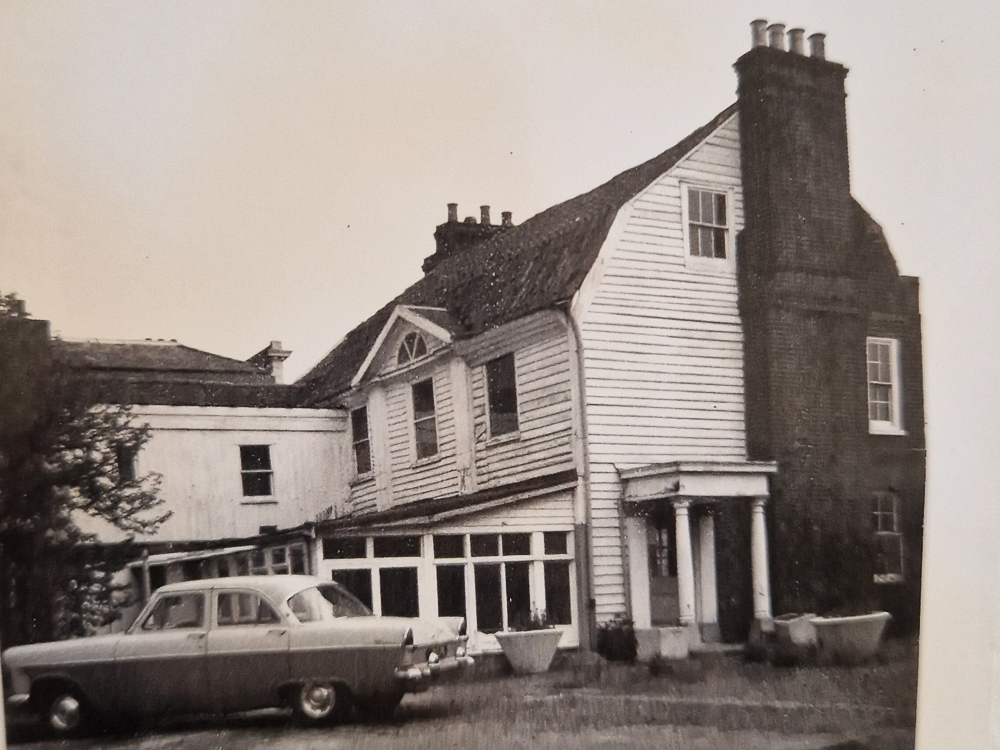
Picton House, 1973. Credit: G B A Williams via the SPAB Archive.
At a time when Britain was very much active in the transatlantic slave trade, and most of the 10,000 Black people in Britain were domestic servants with few opportunities for advancement, Picton charted a path for himself as a wealthy businessman.
With his profits soaring, in 1788 Picton was able to buy a fashionable house on Kingston High Street. Now known as Picton House, it is Grade II* listed in part due to its connection to the entrepreneur.
The listing states it is a ‘relatively modest house’ with a brick front, weatherboarded back, and pantiled roof. It was built, altered, and decorated between the 1730s and 1750s with ‘remarkably lavish and complete internal plasterwork and panelling of more than special interest’. This includes a stucco ceiling ‘of exceptionally rich decoration’ with a ‘complicated strapwork design intertwined with acanthus leaves and tendrils; the western portion is punctuated with rosettes and shells.’
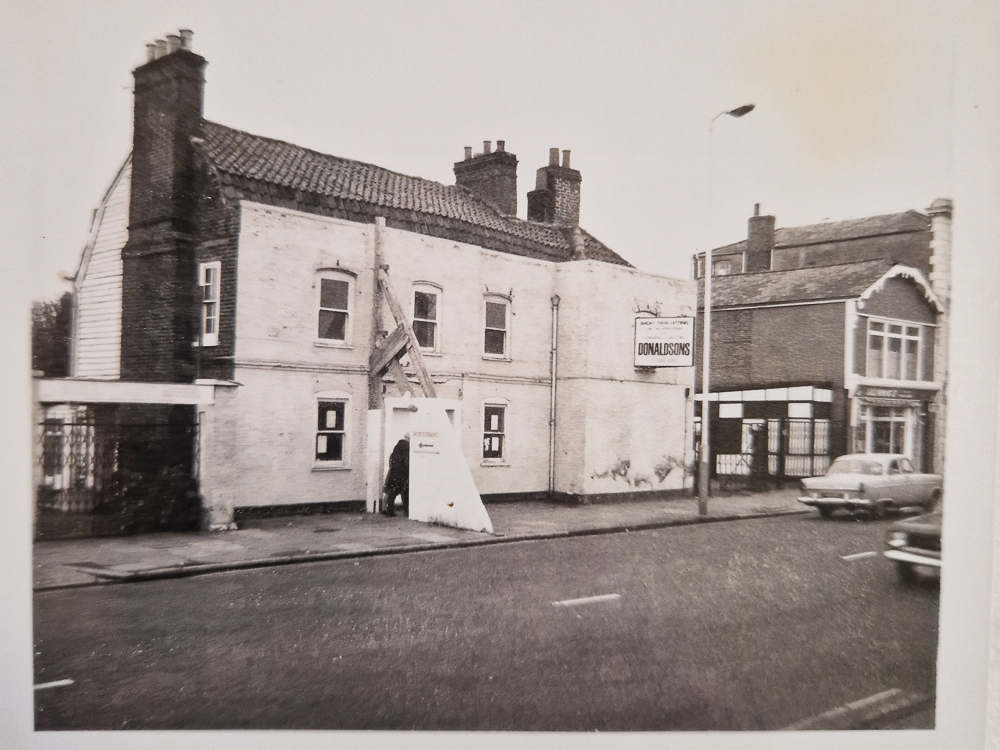
Picton House, 1973. Credit: G B A Williams via the SPAB Archive.
However, this important part of Black British history was almost lost forever in 1973 when the Council applied for listed building consent to demolish Picton House (having already had permission refused in 1970). By this time, the building was in a poor state and the site had been marked for a new arts centre.
Dismayed, The Kingston Upon Thames Archaeological Society wrote to the SPAB asking for support:
‘This Society feels that, besides the question of the future of Picton House, there is at issue the principle that the owner of an historic building who wishes to demolish should not be able to achieve that aim by a period of neglect, followed by a new application, perhaps repeating the process until the building just “fades away”’, they wrote.
We stepped in. In June 1973, five heritage organisations including the SPAB established a working group to ‘prepare a report on the restoration of the building’ and ‘make first-aid repairs using skilled labour, under professional supervision, free of charge except for materials’.
The report was promising. It found that ‘allowing for the fact the building has been empty for a number of years, its condition could be very much worse and is certainly not beyond the possibility of economical repair’.
It’s unclear from our archive files who carried out the work, but Picton House was indeed repaired and then converted to offices in 1979-81. The building now bears a plaque showcasing its links to Cesar Picton, a ‘Coal Merchant and Gentleman’.
The SPAB archive contains over 20,000 descriptions of historic casework files and photographs along with details about the contents of William Weir’s notebooks. Find out more and search the online catalogue.
Sign up for our email newsletter
Get involved

